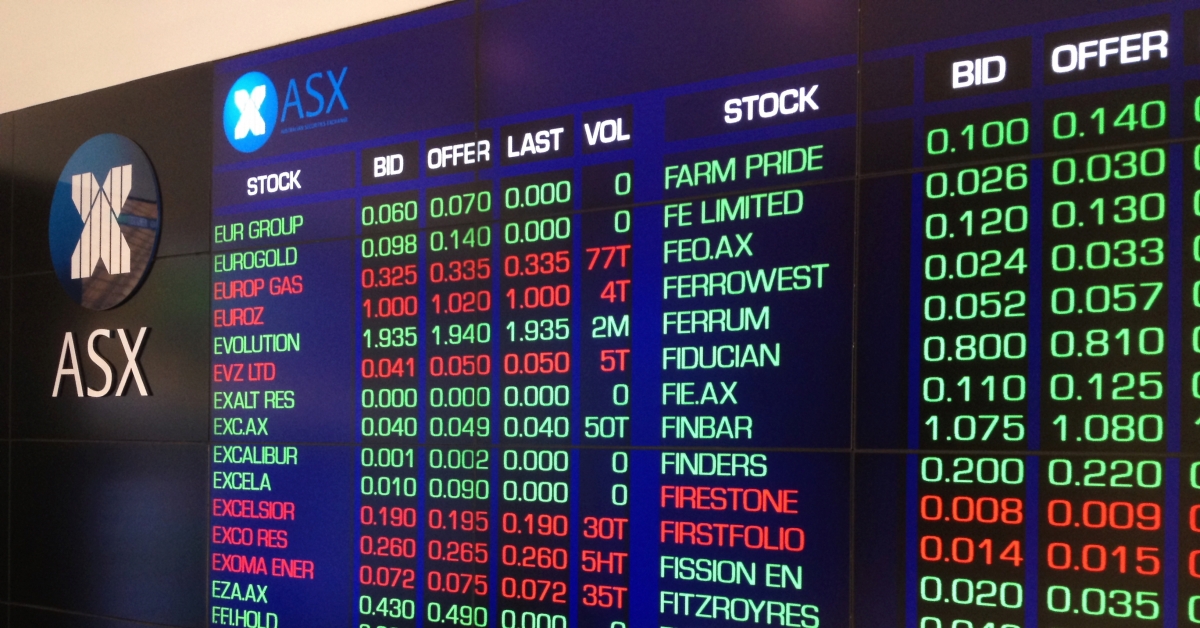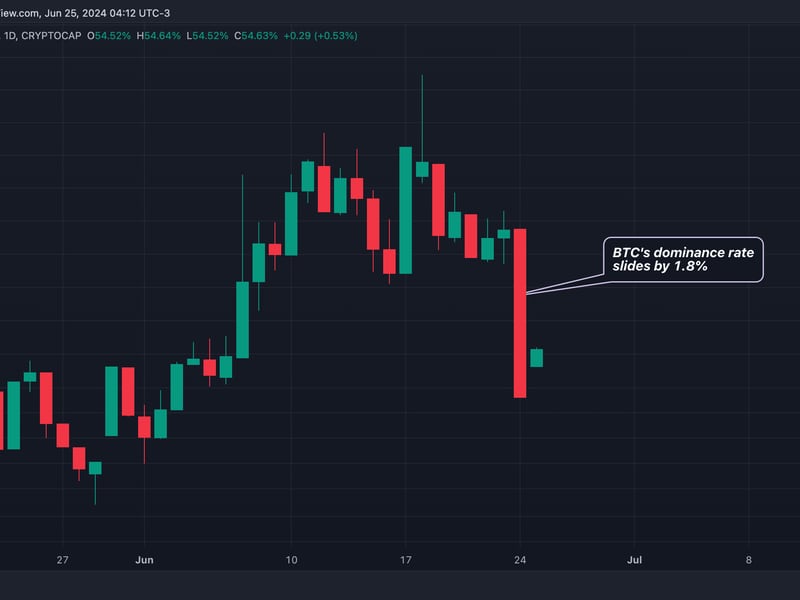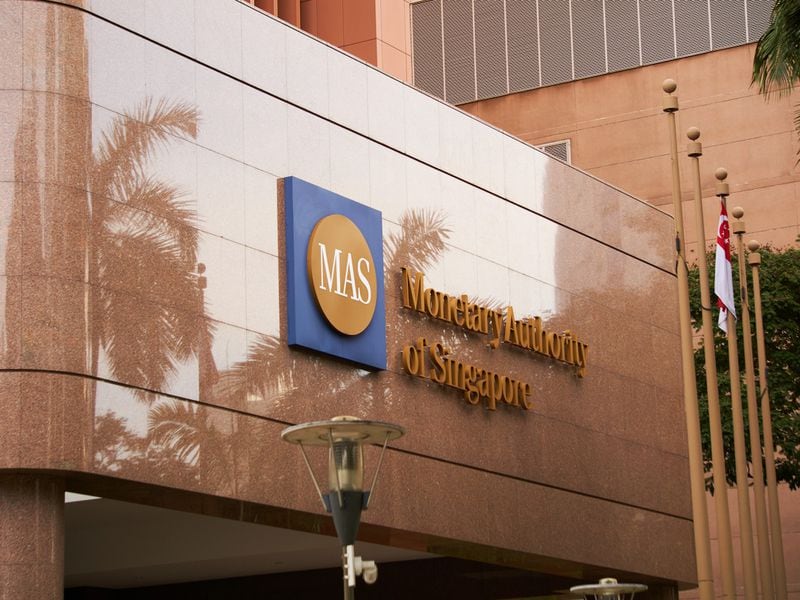Stablecoins Can Make the World a Safer Place. Regulators Should Encourage Them
In 1974, German regulators liquidated Herstatt Bank because it was unable to settle its foreign exchange obligations. Time zone differences and a lack of global settlement technology led to its demise. In the aftermath of this and other bank failures, central bankers formed the Basel Committee on Banking Supervision that same year to set standards for bank capital, liquidity and funding.
Fifty years later, “Herstatt” risk is synonymous with foreign exchange settlement risk, and the Basel Committee has become a powerful forum for global bank supervision because of the regulatory capital standards it sets. Its Basel Rules are designed to ensure that banks are sufficiently capitalized based on the underlying risks of their activities.
However, across the $7.5 trillion a day global foreign exchange markets, Herstatt risk remains. While the financial services industry has sought to modernize its infrastructure, many currencies still take as long as two days to settle. And across the $700 trillion derivatives market, lumbering daily batch settlement processes fail to keep pace with the real time volatility of the markets that they seek to collateralize.
But breakthroughs in technology have the potential to banish settlement risk to a thing of the past. There’s a crucial role for blockchain technology to play. Stablecoins, tokens designed to be pegged to an underlying currency and settled on blockchains, can now reduce currency settlement latency from days to a matter of seconds.
The global financial system will be better off if stablecoins are fully adopted and Herstatt risk goes the way of the dinosaurs
Stablecoins, a form of cryptocurrency, are not without risk. Unregulated stablecoins have “de-pegged” in the past because of design flaws or the failure of traditional banks that held their fiat reserves. But, strong policies and thoughtful regulations that require transparency and minimum reserve asset standards mitigate these risks. Bank insolvency risk — an issue stemming from traditional, not cryptocurrency markets — can be reduced through more effective capital standards, diversification or policies that allow for the bankruptcy remoteness of stablecoin reserves.
Stablecoin policies and regulations are now coming online. Last month, the Markets in Crypto Assets (MiCA) regulation went live in the European Union, and its regulatory framework for stablecoins is now in effect. While the U.S. is still formulating its national approach, major jurisdictions including the U.K. and Singapore have also initiated stablecoin regulations of their own.
Properly regulated and backed by quality reserves, stablecoins — with their instant and simultaneous settlement on blockchains — reduce counterparty risk because obligations are satisfied immediately. From payments to collateral to foreign exchange markets, this undoubtedly improves the safety and soundness of the global financial system. Clearly, today’s foreign-exchange settlement system is in dire need of a technology overhaul, and regulations should incentivize the adoption of technologies, like stablecoins, that mitigate risk.
Last month, the Basel Committee published a framework describing how stablecoins can achieve “preferential” capital treatment. But, to the Basel Committee, this means that projects achieving these standards will simply receive the same capital treatment as the underlying fiat currency tokenized by the stablecoin.
The Basel Committee should go further by actually offering improved capital treatment for products that reduce systemic risk — even those on public blockchains. And the capital regime does not have to be tied to specific technology like stablecoins, but rather to the settlement risk of the underlying asset. With regulated stablecoins now on the scene, preferential capital rules — which drive bank behavior — would compel market participants to improve their technology and strengthen the system.
The banking sector and the global financial system will be better off if stablecoins, settled over blockchains, are fully adopted and Herstatt risk goes the way of the dinosaurs. It’s time for regulators to actually incentivize their use.
Note: The views expressed in this column are those of the author and do not necessarily reflect those of CoinDesk, Inc. or its owners and affiliates.
Disclosure
Please note that our
privacy policy,
terms of use,
cookies,
and
do not sell my personal information
has been updated
.
CoinDesk is an
award-winning
media outlet that covers the cryptocurrency industry. Its journalists abide by a
strict set of editorial policies.
In November 2023
, CoinDesk was acquired
by the Bullish group, owner of
Bullish,
a regulated, digital assets exchange. The Bullish group is majority-owned by
Block.one; both companies have
interests
in a variety of blockchain and digital asset businesses and significant holdings of digital assets, including bitcoin.
CoinDesk operates as an independent subsidiary with an editorial committee to protect journalistic independence. CoinDesk employees, including journalists, may receive options in the Bullish group as part of their compensation.
:format(jpg)/s3.amazonaws.com/arc-authors/coindesk/fa2da0c5-d9c9-4192-9b3d-e14d2021cc85.png)
Chris Perkins is President of CoinFund, a registered investment adviser with venture and liquid strategies, and member of the CFTC Global Markets Advisory Committee.
Follow @perkinscr97 on Twitter









